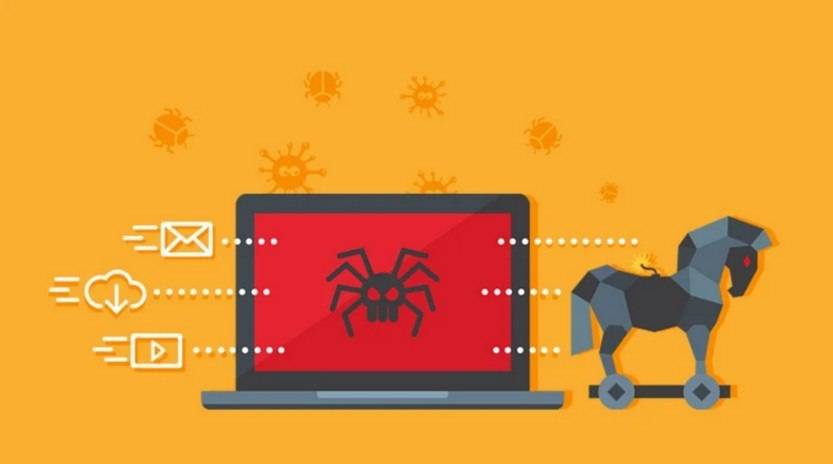Scams have become an unfortunate reality in the digital age, with cybercriminals constantly devising new ways to deceive unsuspecting individuals. One such scam that has gained significant attention in recent years is the ‘Overdue Balance’ TV Licensing phishing scam email. This article aims to provide a comprehensive overview of this scam, including what it is, how it works, what to do if you have fallen victim, technical details, and relevant statistics.
What is the ‘Overdue Balance’ TV Licensing Phishing Scam Email?
The ‘Overdue Balance’ TV Licensing phishing scam email is a fraudulent email that impersonates the official TV Licensing authority in an attempt to trick recipients into providing personal and financial information. The email typically claims that the recipient has an outstanding balance for their TV license and threatens legal action or service termination if the payment is not made immediately.
These phishing emails often appear convincing, mimicking the official TV Licensing branding and using persuasive language to create a sense of urgency. They may include links to fake websites that closely resemble the legitimate TV Licensing website, where victims are prompted to enter their personal and financial details.
How Does the Scam Work?
The ‘Overdue Balance’ TV Licensing phishing scam email operates by exploiting the fear and concern of individuals who genuinely believe they may face legal consequences or service disruption if they fail to pay their TV license fee. The scam follows a series of steps:
- The scammer sends out a large number of phishing emails, often using automated tools to target a wide audience.
- The email appears to be from TV Licensing, using official logos, branding, and language to deceive recipients.
- The email claims that the recipient has an overdue balance and must make an immediate payment to avoid legal action or service termination.
- The email includes a link to a fake website that closely resembles the official TV Licensing website.
- Victims who click on the link are directed to the fake website, where they are prompted to enter their personal and financial information.
- The scammers collect the entered information, which can be used for identity theft, financial fraud, or sold on the dark web.
What to Do If You Have Fallen Victim?
If you have fallen victim to the ‘Overdue Balance’ TV Licensing phishing scam email, it is crucial to take immediate action to minimize the potential damage:
- Do not panic: It is important to stay calm and remember that you are not alone. Scams happen to even the most cautious individuals.
- Disconnect from the internet: If you have provided personal or financial information, disconnect from the internet to prevent further unauthorized access.
- Scan your device for malware: Run a scan with a reputable antivirus software, such as Malwarebytes Free, to detect and remove any potential malware or keyloggers installed by the scammers.
- Change your passwords: Immediately change the passwords for all your online accounts, especially those associated with financial information.
- Contact your bank or credit card company: Inform your bank or credit card company about the scam and any unauthorized transactions that may have occurred.
- Report the scam: Report the phishing email to your local authorities and the official TV Licensing authority. This helps raise awareness and assists in the investigation of the scammers.
Technical Details of the Scam
The ‘Overdue Balance’ TV Licensing phishing scam email utilizes various techniques to appear legitimate and deceive recipients:
- Spoofed email addresses: The scammers often use email addresses that closely resemble the official TV Licensing email addresses, making it difficult to identify the fraudulent nature of the email.
- Phishing links: The email includes links to fake websites that closely mimic the official TV Licensing website. These websites are designed to trick victims into entering their personal and financial information.
- Social engineering tactics: The scammers employ persuasive language, urgency, and threats of legal action or service termination to manipulate recipients into taking immediate action without questioning the authenticity of the email.
- Brand impersonation: The phishing email uses official TV Licensing branding, including logos, colors, and formatting, to create a sense of trust and familiarity.
Statistics on TV Licensing Phishing Scams
TV Licensing phishing scams have become increasingly prevalent in recent years. Here are some statistics that highlight the scale of this issue:
- In 2020, the UK’s National Fraud Intelligence Bureau received over 5,000 reports of TV Licensing phishing scams, with losses totaling over £1.8 million.
- According to Action Fraud, the UK’s national reporting center for fraud and cybercrime, there was a 93% increase in reports of TV Licensing phishing scams between 2019 and 2020.
- A survey conducted by TV Licensing found that 26% of respondents had received a fraudulent TV Licensing email, and 15% of those had clicked on the link or provided personal information.
Summary
The ‘Overdue Balance’ TV Licensing phishing scam email is a deceptive scheme that preys on individuals’ fear of legal consequences or service disruption. By impersonating the official TV Licensing authority, scammers trick victims into providing personal and financial information through fake websites. If you have fallen victim to this scam, it is crucial to stay calm, disconnect from the internet, scan your device for malware, change your passwords, and report the scam to the relevant authorities. The prevalence of TV Licensing phishing scams highlights the need for increased awareness and vigilance to protect oneself from falling victim to such fraudulent schemes.











